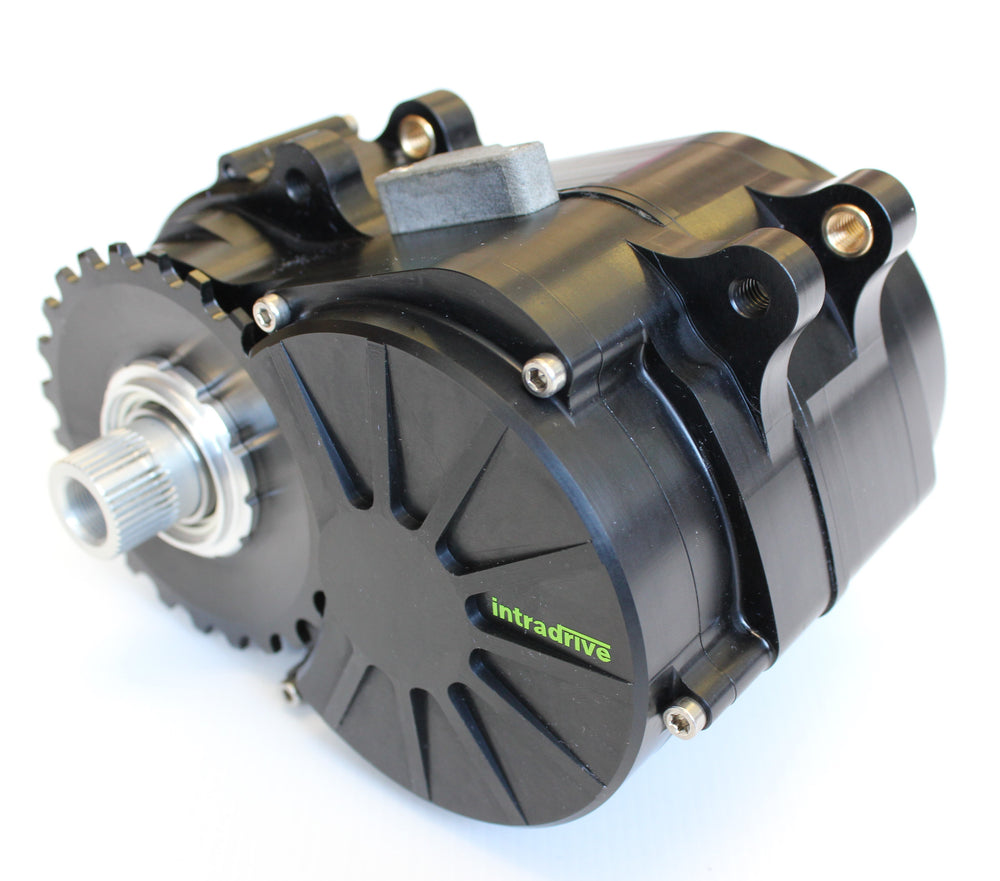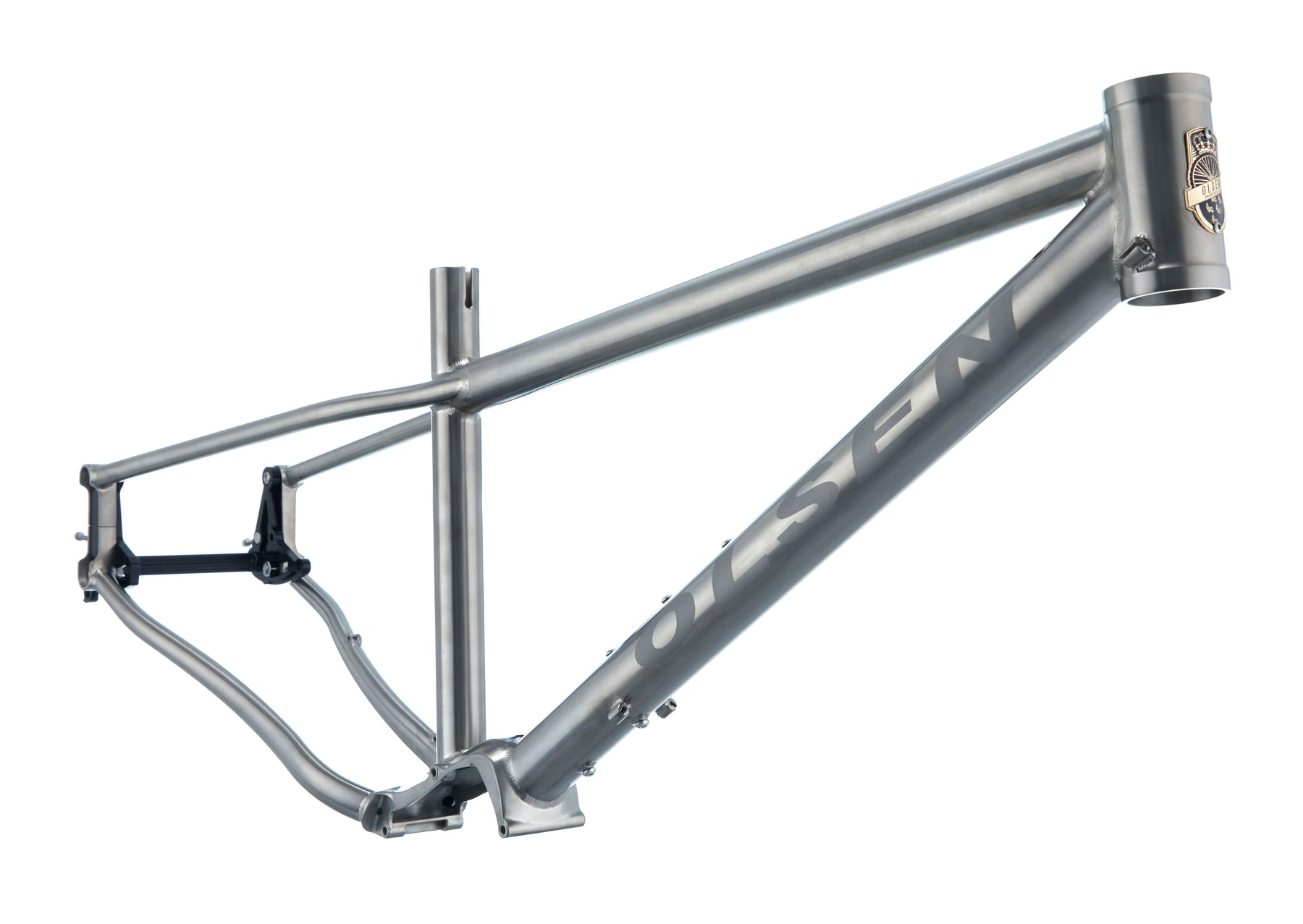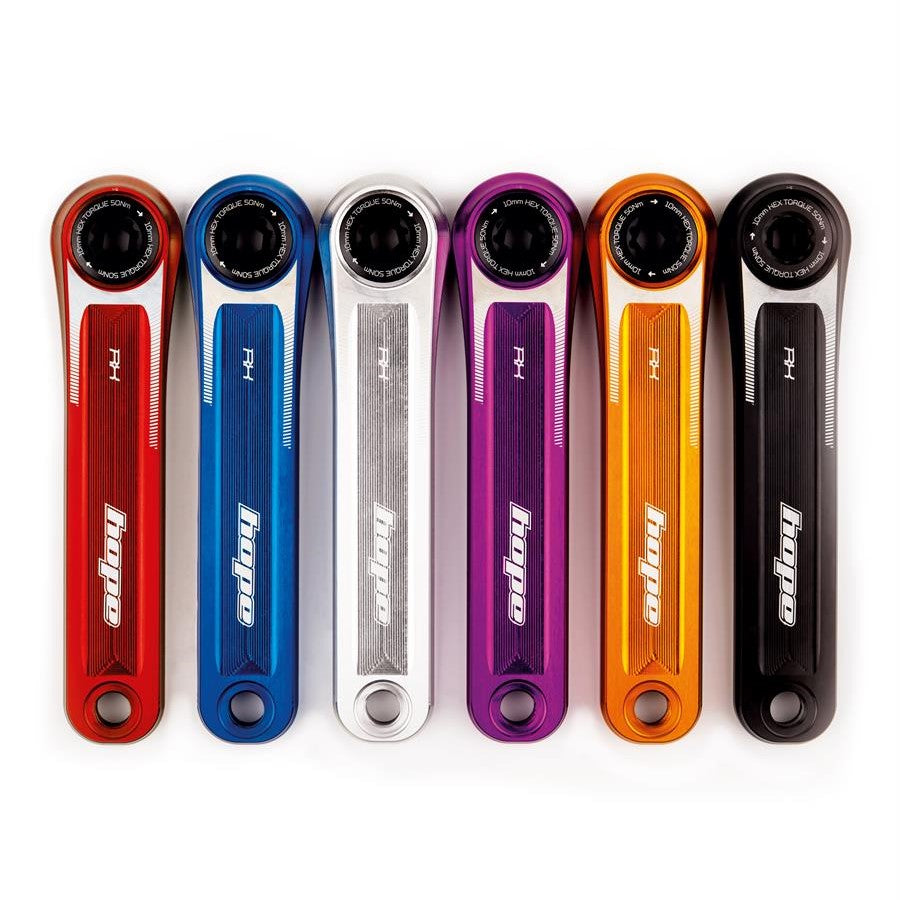Long Distance Riding Training Tips:
OLSEN Bikes started as a brand when I started riding and training along the SOUTH DOWNS WAY.There are charity rides every summer to complete the 100mile route. So what is the ideal bike and how do you prepare?
The South Downs way is a 100mile neolithic trade route which is part of the National Park. It is has over 10 chalky climbs over the 100 miles. It is a challenge to do it in 1 day. There is also a record for doing the DOUBLE - yes 200miles in sub 16hours.
You need to prepare, pack light and get lucky with the weather. There are water taps along the way, so you do not need to carry 10hours+ of water. You do need to know where the tap points are. We have a Water Bottle designed as a visual aid to assist you in completing your SDW challenge.
This is an extended "blog" page that I wrote a few years ago, but it is still relivant today. This blog covers long distance singlespeeding, cross-country, bikepacking, off-road touring and endurance distance riding. Note, ignore the word "Singlespeed" if you are using gears, the principle still applies. However I can tell you from my own experience, that I rode the SDW in less than 10 hours on a singlespeed.
If you have any suggestions, experience or ideas that you have tried, please email me and I will add them to the following categories.
With the South Downs Way on our doorstep we will document preparing for single speeding the 100 miles in 1 day, Winchester to Eastbourne. Where ever you are, there are bridleways and long distance cycle routes that network Great Britain. Riding these long distance routes is physically demanding on both the bike and the body.
SO WHERE TO START?
- Ignore Strava, listen to your body.
- Give yourself time to recover.
- Pace yourself.
- Choose a bike with at least 50mm wide tyres.
- Choose a sensible gear ratio.
- Singlespeed is an excellent way to do this, as you effectively pace yourself by having one gear.
1 - WHAT TO EAT: FOOD vs ENERGY:
- Your body will store 1500 calories (Kcal) as glycogen in your muscles.
- Rest the week before.
- Your body will burn approx 750-1000 Kcal/hour.
- Your body only absorbs 500 Kcal/hour from food.
- Energy drinks 150 Kcal/litre
- Flapjacks 200 Kcal/ bar
By doing some simple maths, you will see that your energy expenditure is higher than your intake. So you will need to find the best way for you to refuel your body.
Fuel up, in your own way.
- Know the signs of "bonking"; irrational thoughts, shallow breaths, stopping constantly.
- Carry some gels to kickstart again.
- Eat before your hungry.
- Constant snacking. Every 20mins eat something small.
- Eat a mixture of things / textures/tastes so you don't get bored and don't suddenly change your ride diet.
- Listen to your body.
Gels are great but make sure you don't have too many. Have water and something to eat with them so you don't feel any nausea. Take advantage of the extra boost to metabolise longer burning foods like oats. Pack real food in bags by stages.
2 - WHAT TO EXPECT:
- It's not a race unless it really is.
- Put "way points" on your phone or Top Tube as target times assuming an average speed of 10mph.
- Average targets are better for the head than current speed sometimes.
- You WILL be at least 2mph slower than a usual 30-50 mile ride.
- If riding solo, I listen to podcasts, mainly radio 4 stuff.
- Enjoy yourself
3 - BIKE SET UP:
- Less weight, on you, put more on your bike.
- Consider taking some heavy stuff in a second frame-mounted water bottle cage. A tube and tools, for instance.
- Getting the weight out of your camel back will help on a 12hr journey.
- Ride in pairs with a "buddy" and split the spares.
- Get better at your map reading.
- Train on various sections of the SDW, so that you can learn the trail.
- Know where the water / food / loo opportunities are and pack extra food.
- In winter, spare gloves and socks to put on 2/3 of the way breathe new life into you.
There is useful SDW information to be found on the following websites below:
SOUTH DOWNS NATIONAL PARK ( MAPS AND TAPS)
SOUTH DOWNS WAY DOUBLE (YES!!! 2X)



